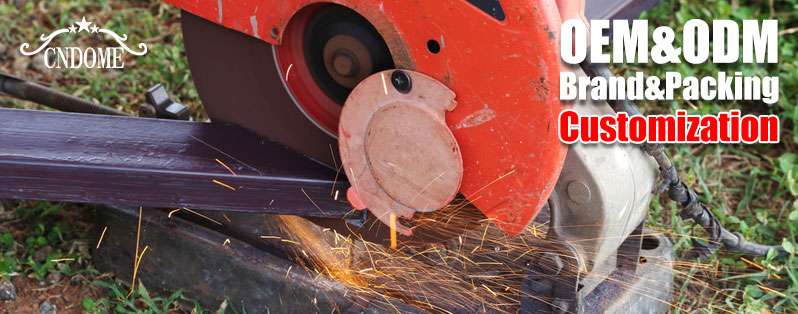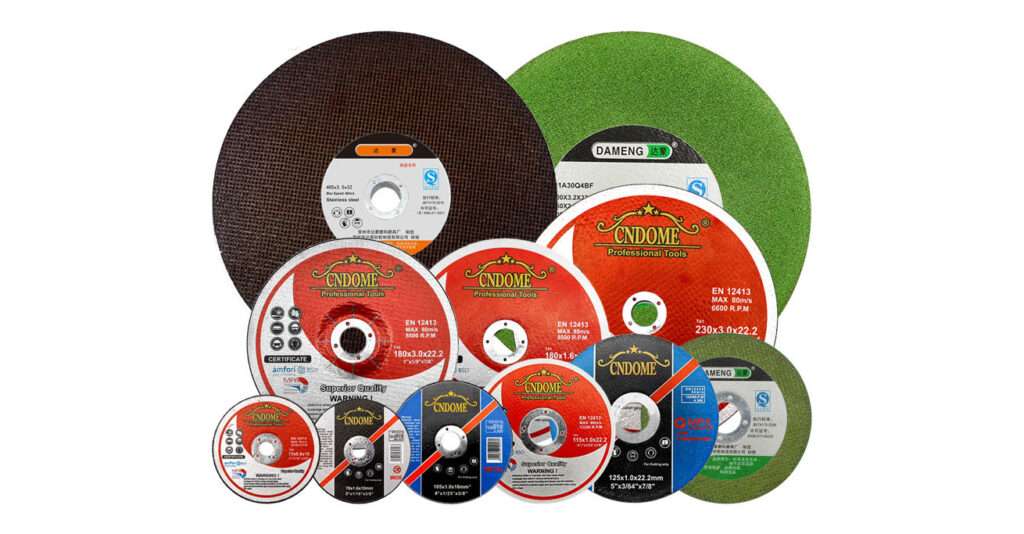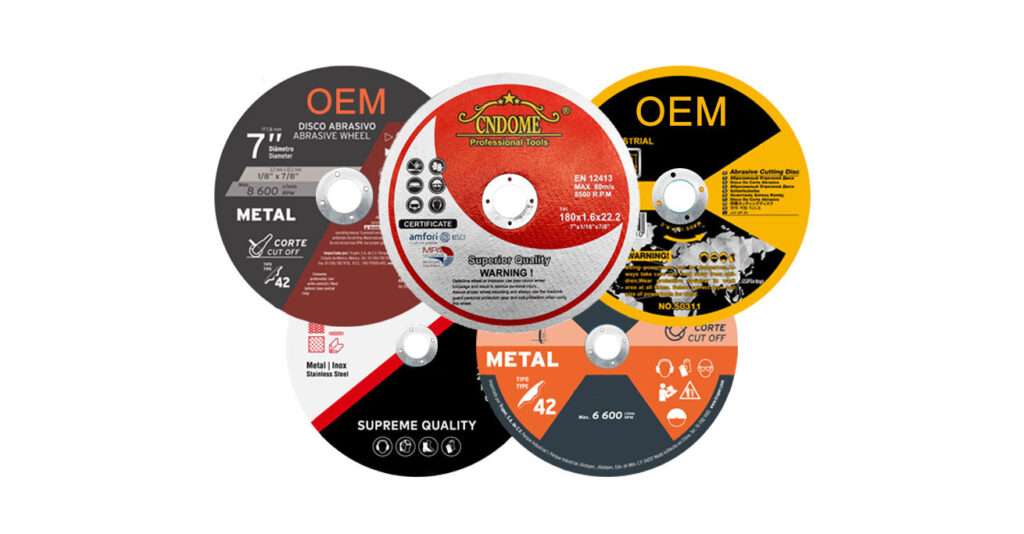Cutting stainless steel can be a challenging task due to its toughness and durability. However, with the right tools and techniques, you can achieve clean, precise cuts. This comprehensive guide will walk you through everything you need to know about cutting Wheels for stainless steel, from selecting the right disc to proper cutting techniques and safety measures.
Why Stainless Steel?
Stainless steel is prized for its corrosion resistance, strength, and aesthetic appeal. It’s used in a variety of applications, including construction, automotive, medical devices, and kitchenware. However, its toughness also makes it difficult to cut, requiring specialized tools and techniques.
Choosing the Right Cutting Wheels for stainless steel
The key to successful stainless steel cutting lies in selecting the right cutting disc. Here are some factors to consider:
Material
- Aluminum Oxide: Common and cost-effective, suitable for mild and carbon steel but not ideal for stainless steel.
- Zirconia Alumina: Better suited for stainless steel, offering a longer lifespan and faster cutting speed.
- Ceramic: Provides the best performance, with the longest lifespan and fastest cutting speed, but typically comes at a higher cost.
Thickness
- Thin Discs (1mm – 1.6mm): Ideal for precise, fast cuts with minimal burr formation.
- Thicker Discs (2mm – 3mm): More durable, suitable for thicker stainless steel, but may produce more heat and burrs.
Diameter
- Small Diameter (4.5” – 7”): Common for handheld grinders, offering better control and precision.
- Large Diameter (9” – 14”): Used with stationary or chop saws, suitable for larger workpieces.
Techniques for Cutting Stainless Steel
Preparation
- Safety Gear: Always wear safety glasses, gloves, and a face shield to protect against sparks and debris.
- Secure the Workpiece: Ensure the stainless steel is securely clamped to prevent movement during cutting.
- Mark the Cut: Use a marker or scribe to clearly mark the cutting line.
Cutting
- Correct Positioning: Hold the grinder or saw at a right angle to the stainless steel surface.
- Steady Pressure: Apply consistent pressure, allowing the disc to do the work. Avoid forcing the disc, as this can cause overheating and disc damage.
- Cooling: Periodically pause to let the material cool, especially for thicker pieces, to prevent overheating and warping.
Safety Tips
- Inspect Discs: Before use, check the cutting disc for cracks or damage. Do not use damaged discs.
- RPM Rating: Ensure the cutting disc’s RPM rating matches or exceeds that of your grinder or saw.
- Ventilation: Work in a well-ventilated area to avoid inhaling metal dust and fumes.
- Storage: Store discs in a cool, dry place away from direct sunlight and moisture.
Conclusion
Cutting stainless steel can be a straightforward process with the right tools and techniques. Selecting the appropriate cutting disc, preparing your workpiece, and following proper cutting methods will ensure clean, precise cuts every time. Always prioritize safety by wearing appropriate gear and working in a safe environment. With this comprehensive guide, you’re well-equipped to tackle your stainless steel cutting projects with confidence.



